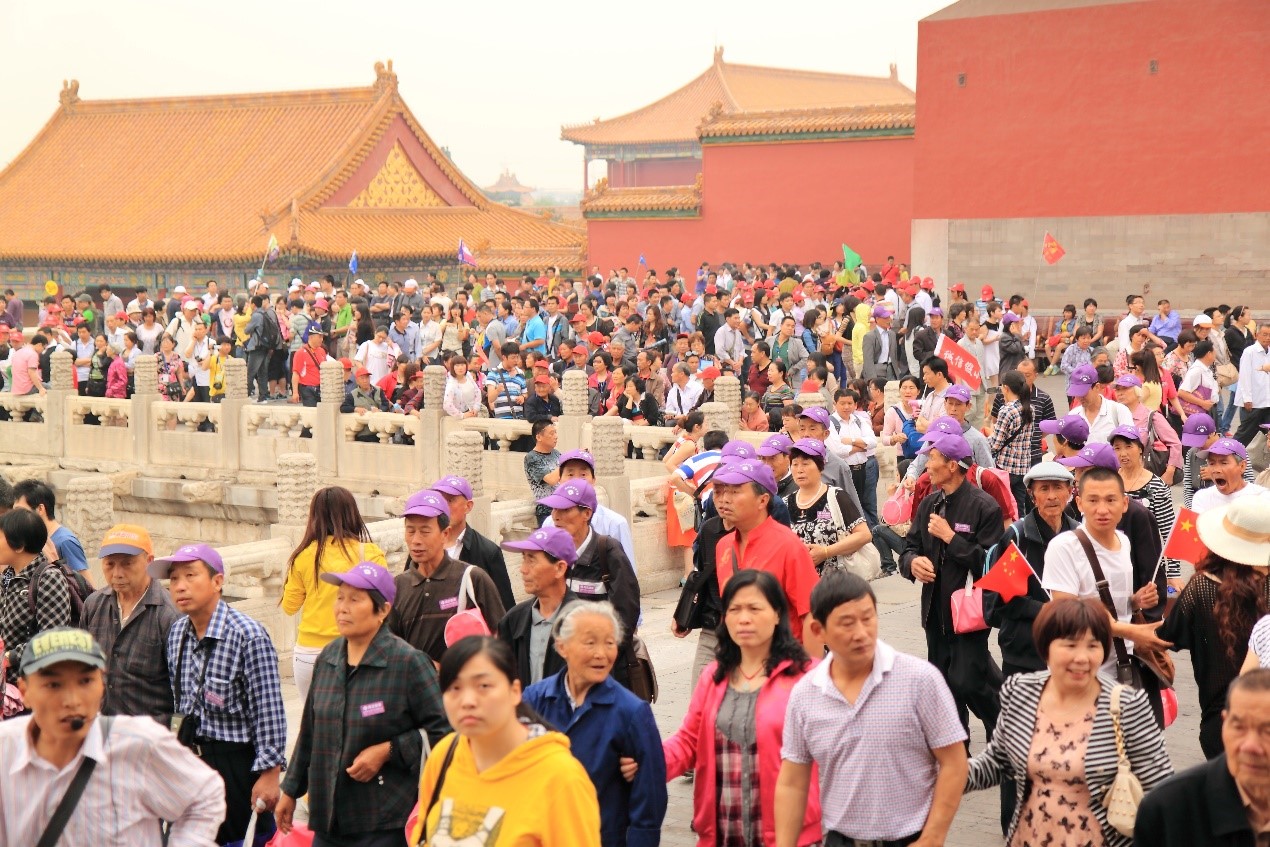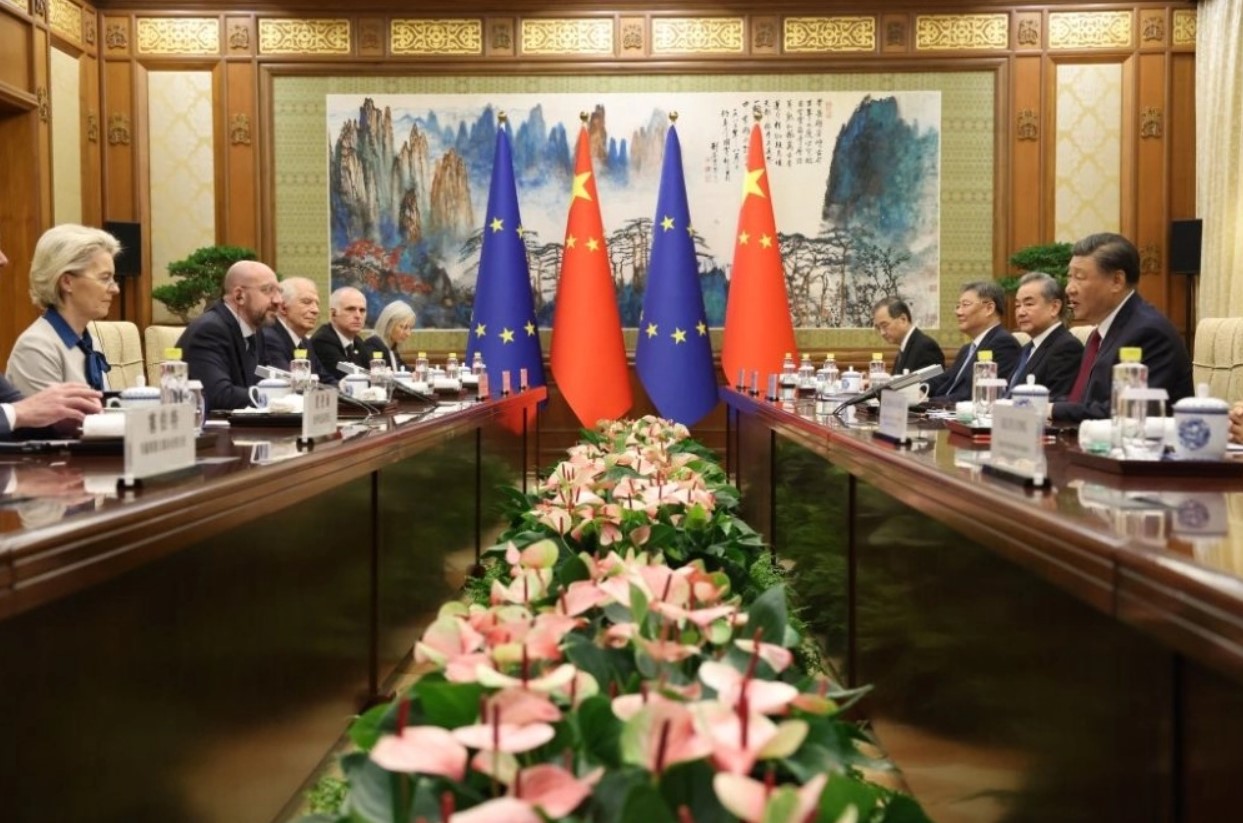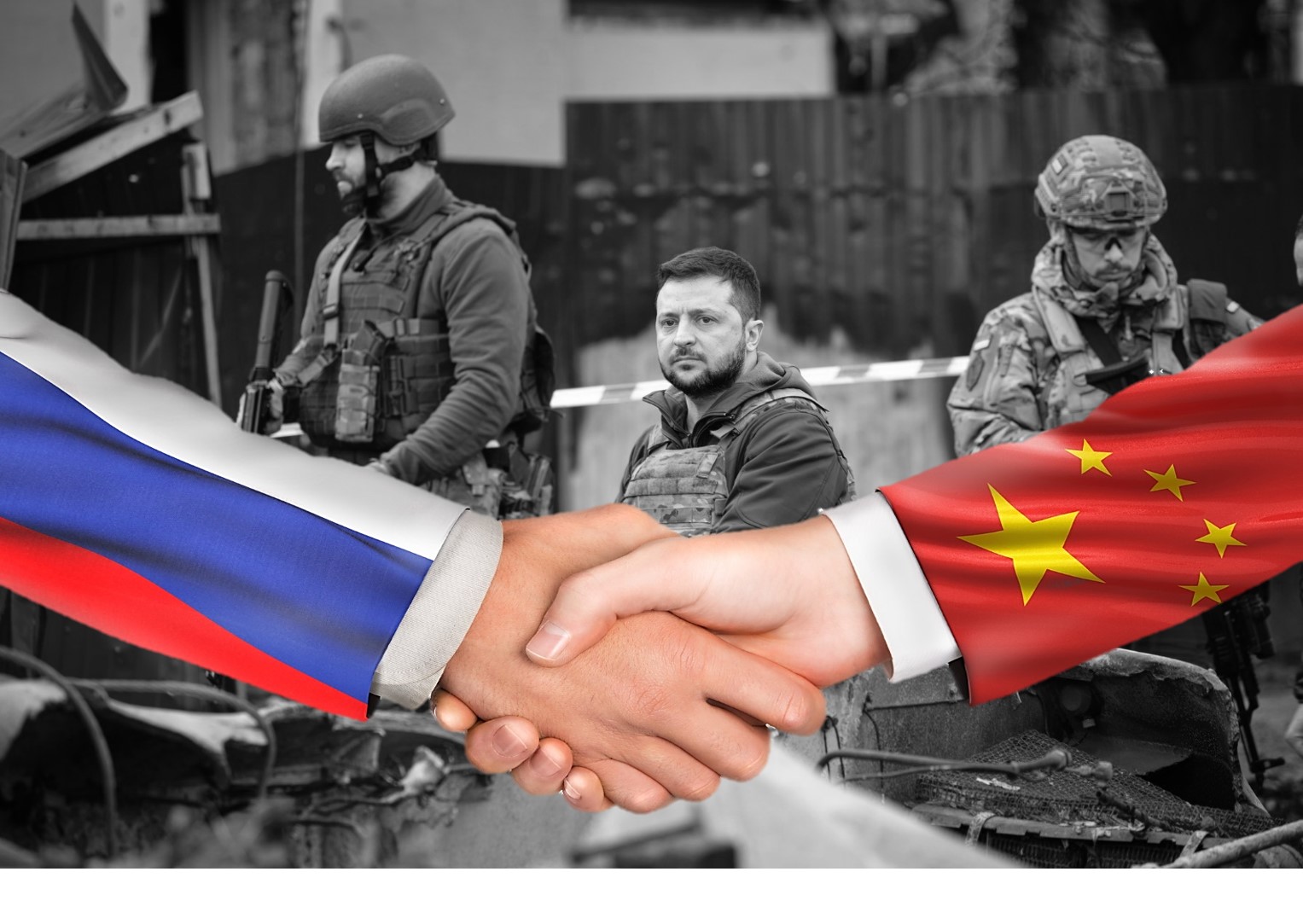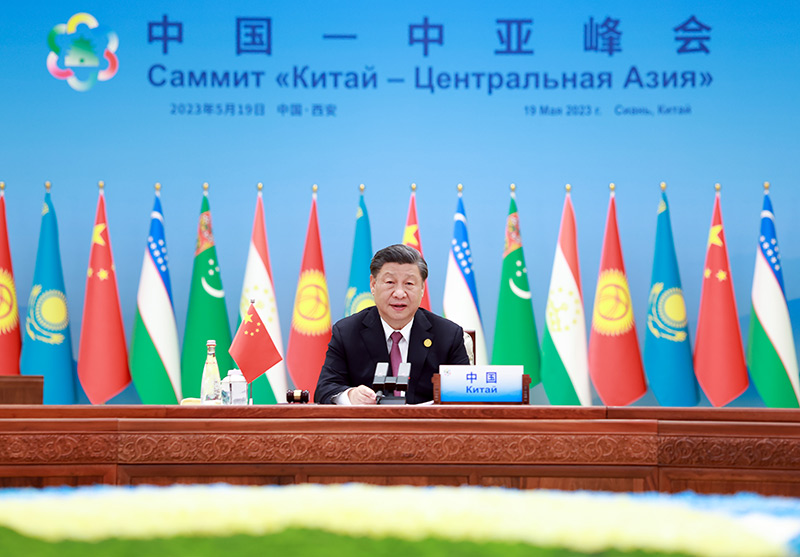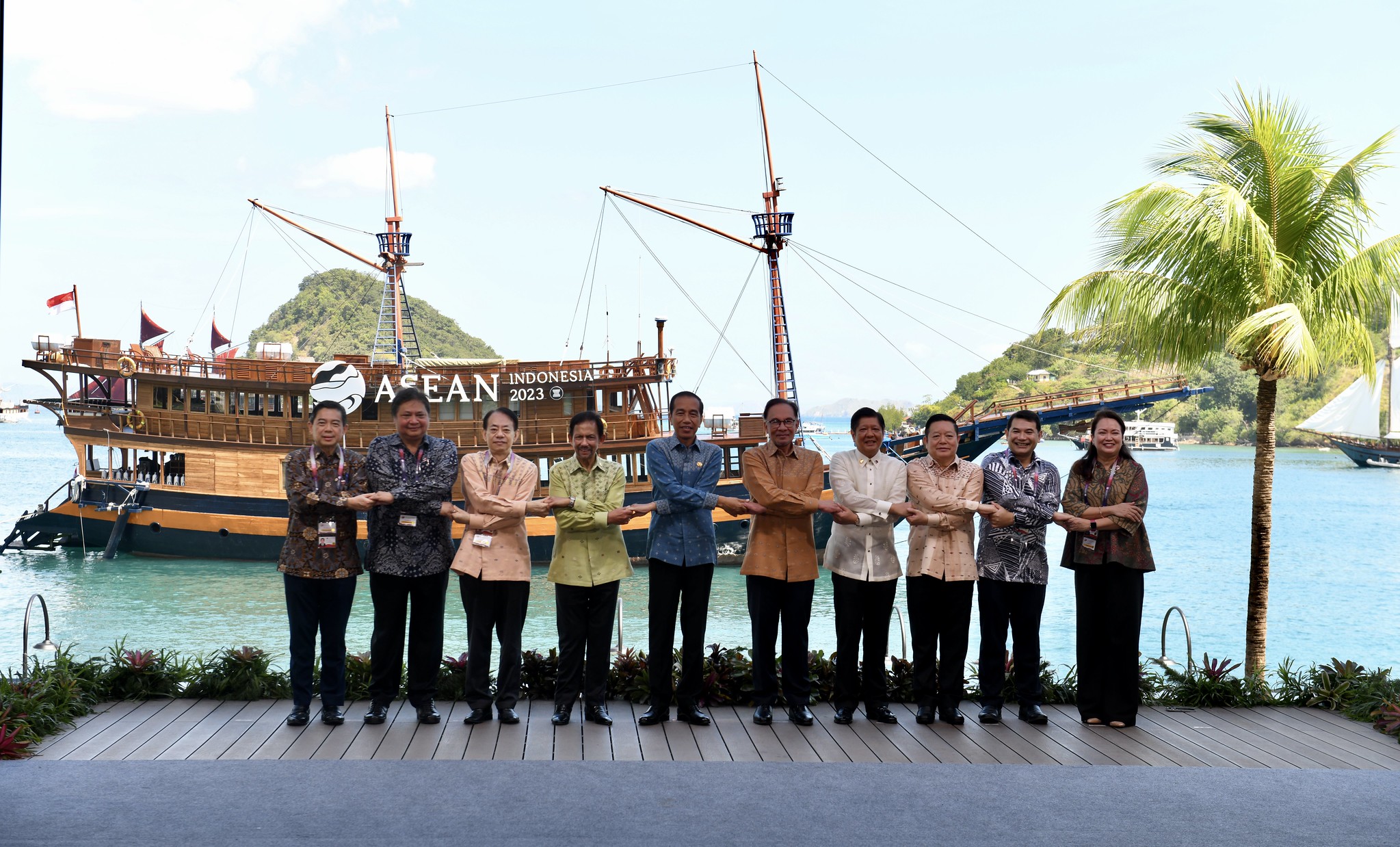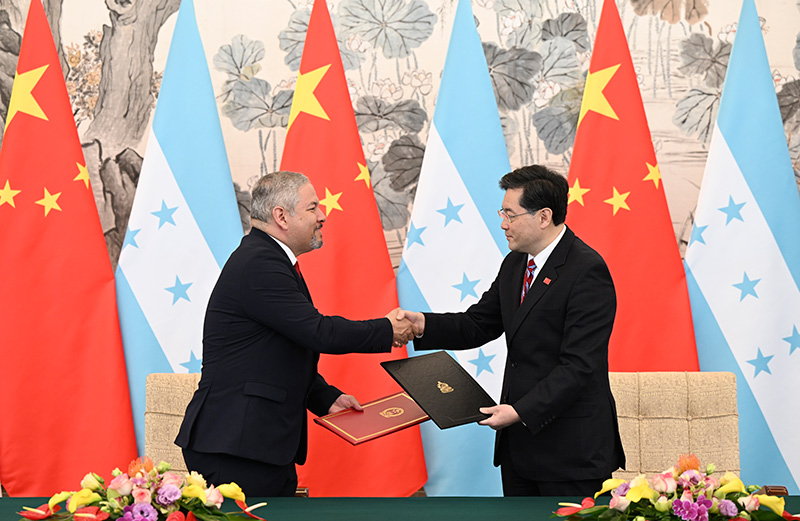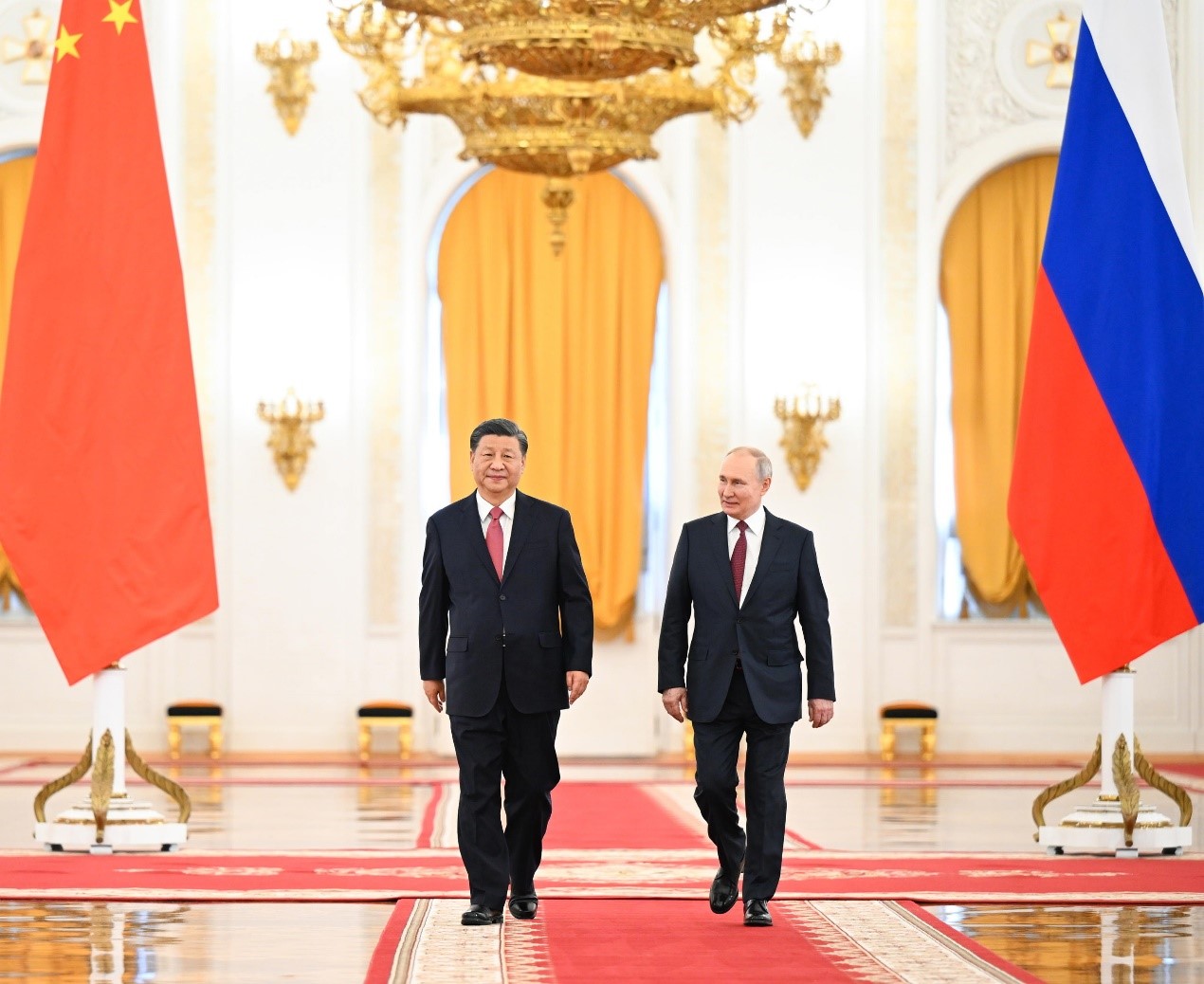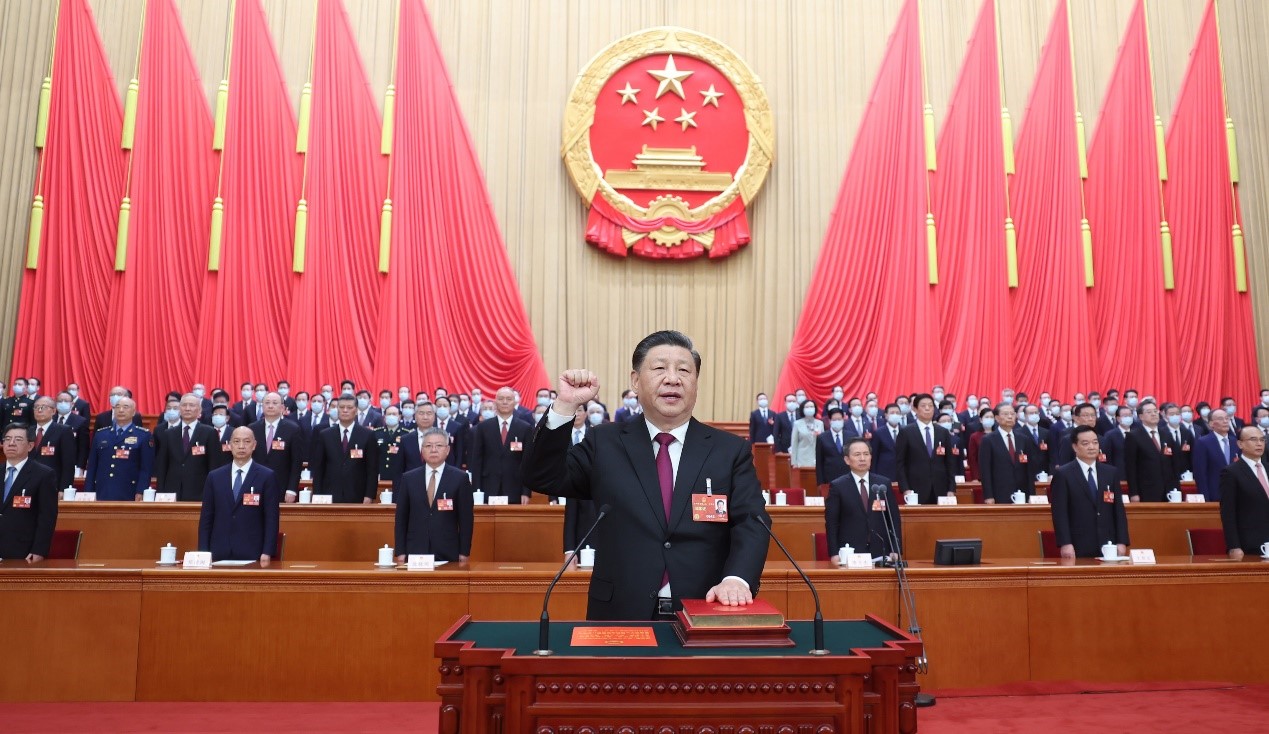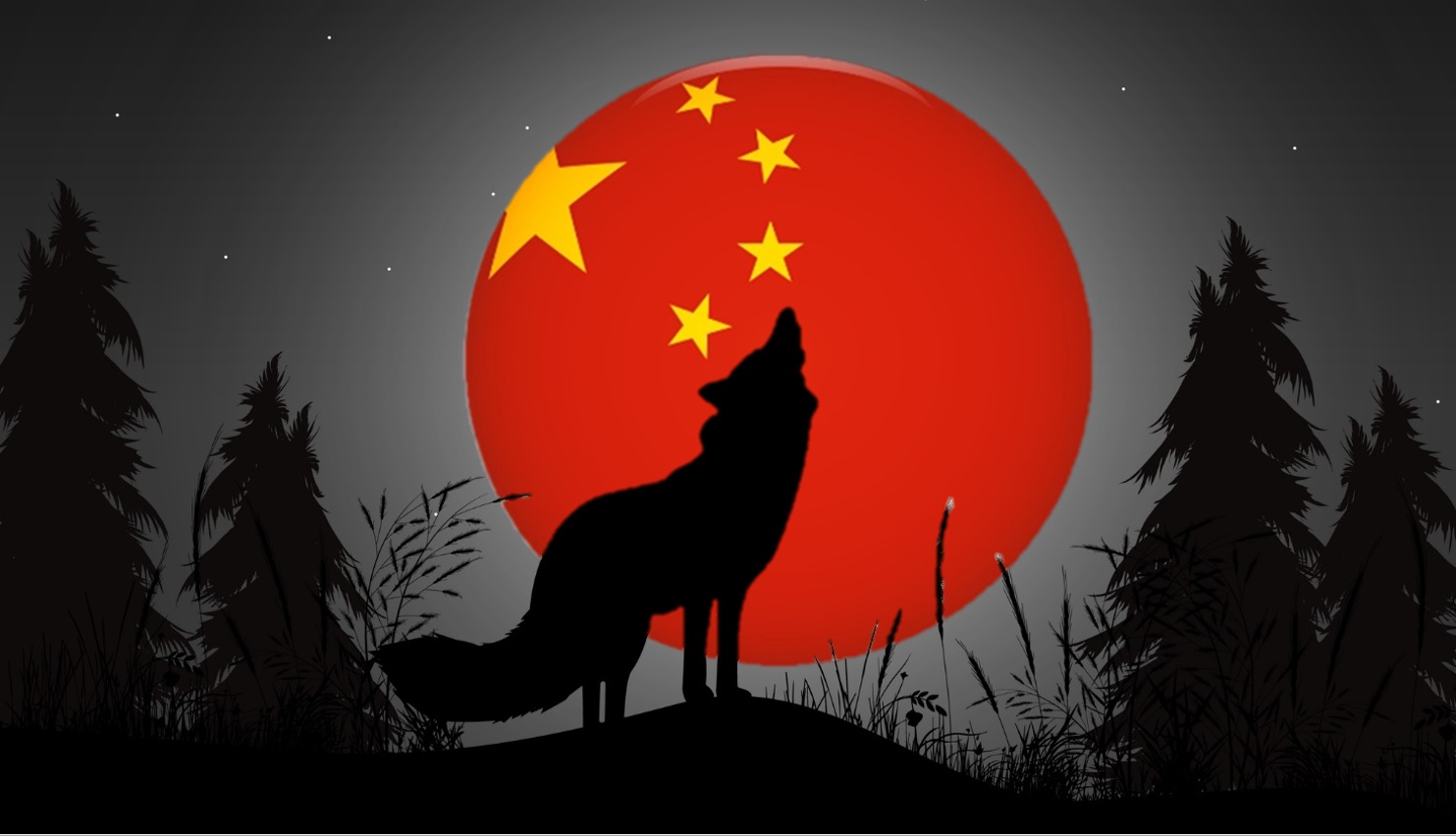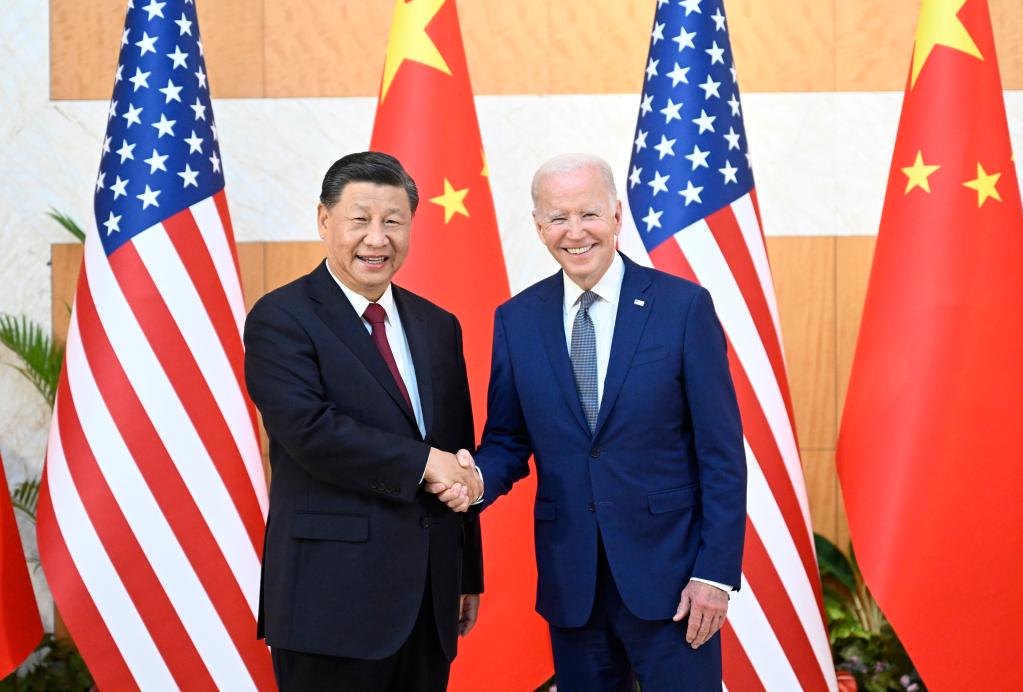With the upcoming Lunar New Year holiday, a large number of urban people will return to the countryside, which means that the number of people infected will probably peak after January 20. This, in turn, could facilitate the emergence of new mutations of the virus, causing new problems in global epidemic prevention.
Picture source: Depositphotos.
The Impact of China’s Lifting of Covid Prevention Measures
Prospects & Perspectives No. 1
By Hung-Yuan Chang
On December 7, 2022, the Political Bureau of the Communist Party of China changed its epidemic prevention policy, mainly to better coordinate epidemic prevention and control and economic and social development. To avoid the rapid deterioration of the epidemic, it the regime saw it as necessary to strengthen the coordination of various policies and optimize epidemic prevention and control measures. At the same time, the State Council issued the “New Ten Rules” to unify and regulate the different progress and actions of epidemic prevention in various provinces and relax the movement of people and goods between provinces. On December 26, the government announced that Chinese citizens would resume outbound tourism on January 8, 2023.
Why did the Communist Party change its strict epidemic prevention management so rashly? In the meeting of the Standing Committee of the Political Bureau of the CPC Central Committee in November 2022, Xi Jinping still insisted on a policy of dynamic zero Covid, but then quickly changed his original position. Why? External public opinion believes that it was affected by the double pressures of the “white paper protest” movement and the rapid economic recession. On December 1, 2022, the President of the European Council, Charles Michel, visited China and paid a visit to Xi, telling him that strict controls of the epidemic had led to difficulties in investment for manufacturers, and demanded that China respect human rights and treat the “white paper protest” movement reasonably.
However, with the relaxation of epidemic control, as expected, the number of infected people in various regions increased rapidly. Twenty days after the relaxation of controls, the number of infected people in China reached 250 million. Due to the severe winter, Covid-19 and the common flu are intertwined, and the supply of antipyretic drugs is short in various locations, which leads to the pressure of medical shortage for infected people, and the overcrowding of medical systems in various places, which also increases the risk of infection of medical personnel and undermines the normal operations of the medical system.
In view of the fact that the overall epidemic situation has been out of control, the National Health Commission of China announced on December 25 that it will not release data on the daily epidemic situation. Since no large-scale nucleic acid testing has been carried out in various regions, there is no way to obtain real data from the central government to plan the distribution of epidemic prevention resources. Therefore, local governments are using their own monitoring methods to calculate the epidemic situation and the increase or decrease in the number of infected people.
Why did the Chinese authorities not take the anti-epidemic experience of other countries in the decision-making process, use appropriate processes to adjust the steps in lifting the ban, and match vaccine boosters to improve immunity among the population, adhere to the position of domestic production in vaccine policy, and refuse to use mRNA vaccines developed by the United States and Germany, leading to the spread of the epidemic? People lack the protective umbrella provided by the vaccine and can only seek help on their own. The hasty opening without proper process guidance inevitably led to the spread of the epidemic. At present, the CPC authorities can only require people to actively acquire health knowledge and master health skills to ensure their health and safety.
At present, the out-of-control epidemic has affected the stable operations of the supply chain. For example, the production process of Apple mobile phones has been reduced due to the epidemic in Henan Province, and production at the Tesla factory in Shanghai has also been reduced due to the epidemic. The original expectation was to promote the recovery of the real estate industry through financial support, but now there is also a decline in buying, and consumption in the service and retail sectors has also dropped due to the epidemic, This also led to a manufacturing purchasing managers’ index (PMI) of 47.0% in December, the lowest since the outbreak of the Covid pandemic, and also reflects the pressures created by the current economic recession in China.
Production halts and consumption are insufficient due to strict epidemic controls, but now interruptions in production and consumption are caused by the epidemic, which also reflects the dilemma facing China in economic management. How long will it take for China to achieve mass immunization after it relaxed epidemic prevention controls? With the upcoming Lunar New Year holiday, a large number of urban people will return to the countryside, which means that the number of people infected will probably peak after January 20. This, in turn, could facilitate the emergence of new mutations of the virus, causing new problems in global epidemic prevention.
(Dr. Chang is Associate Professor, Department of International Trade, Chihlee University of Science and Technology.)


